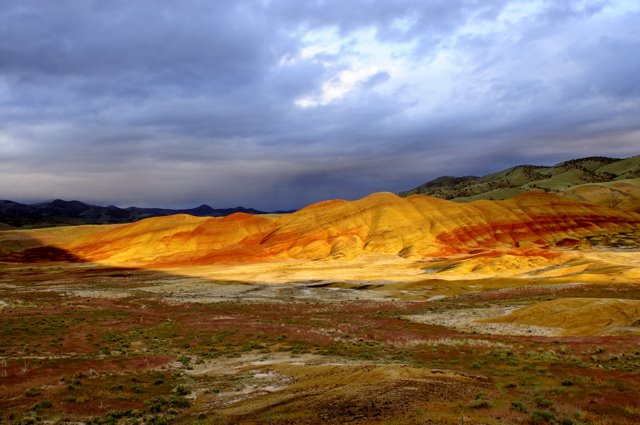I didn't intend to cover this topic until later so this will be a brief post just to clear my mind.
A couple of days ago I was making my rounds as a volunteer park host when I came upon a man with a nice looking camera hanging around his neck. Since I am unable to pass by anybody with a camera anyway I stopped to ask him what make and model he was using. I thought I knew, but it looked fairly new and I wanted to be sure. The camera was a Nikon D300. I asked the guy how he liked it and was a little surprised by the answer he gave. He said it was a good camera but that he had missed a shot of a foggy landscape that morning because his lens wouldn't focus. Obviously this guy didn't know how to use this camera yet. He did mention that he could have set his focus to manual and done it that way but it didn't occur to him at the time. Now don't get me wrong, I don't want to belittle the man and his camera. I had to work my way through this situation too and so will you.
What do you do if your camera will not focus? Sometimes this can be a really tough fix. Most of the time its something as simple as turning the camera from manual to auto focus. At other times you may have your camera set to shoot close-up shots then without resetting the camera, attempt to shoot a landscape scene. In this case or vise-versa, you camera may not focus as you want. This can be very frustrating when it happens because you will most likely loose the shot you wanted to take before you figure out what happened. The only solution to this problem of learning how to use your camera is practice. Keep shooting, change settings and shoot then change the settings back and shoot some more.
In the situation above where the man missed his shot because his camera wouldn't focus, he had a couple of other options he could have used. His first was to switch to Manual Focus. Another is that he could have use one of the other "focus area" modes. My advice to him was that he should have switched to manual focus and used an aperture of F/11 or so to insure adequate depth of field. I should have also suggested that he use his depth of field preview button so he could be sure that everything was in focus. The reason his camera wouldn't focus is that the image in the frame didn't have enough contrasting light that any of the 3500 focus points could detect. This can happen whenever a background is similar in color to the forground or the subject is the same color as the background and so on. The D300 has six control settings available to the photographer, as many as 51 special focus points available and other settings to help get the shot. But like I said, it takes practice to learn how to use your camera.

No comments:
Post a Comment